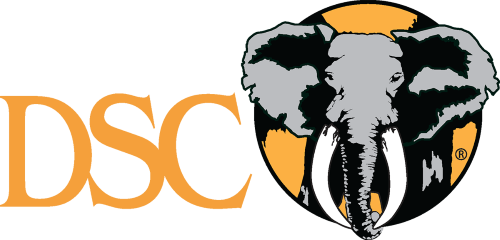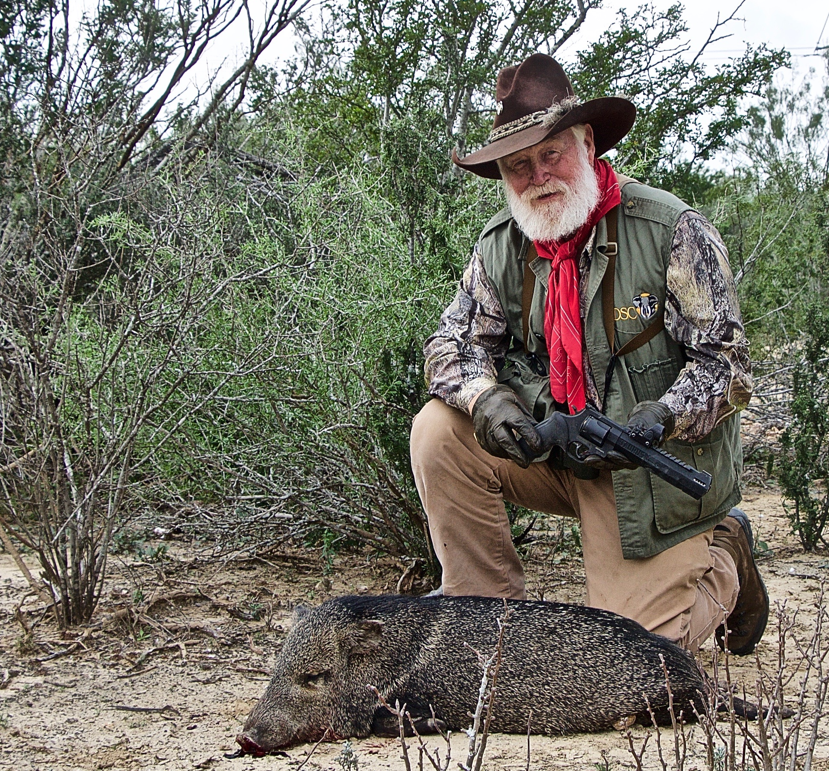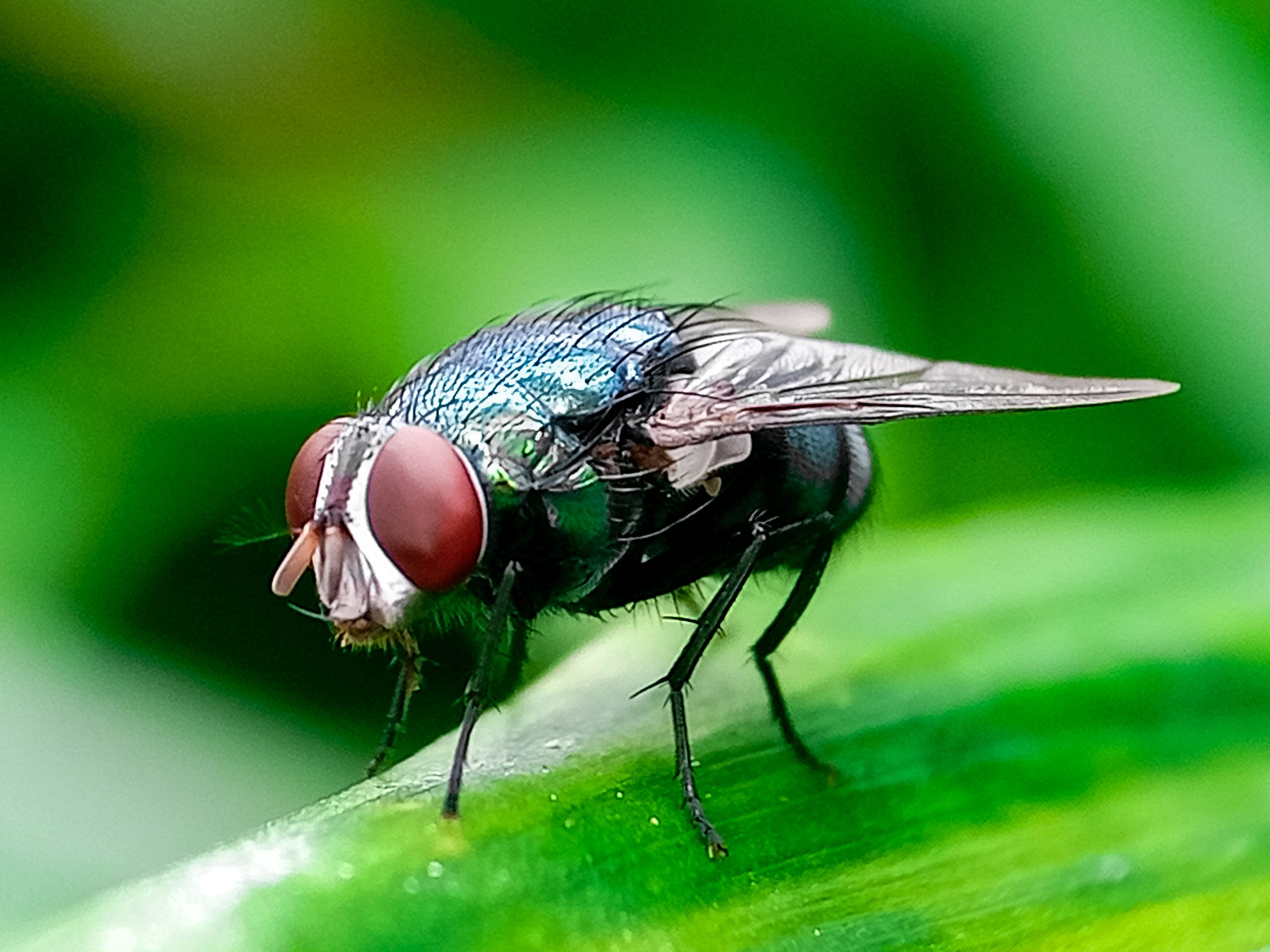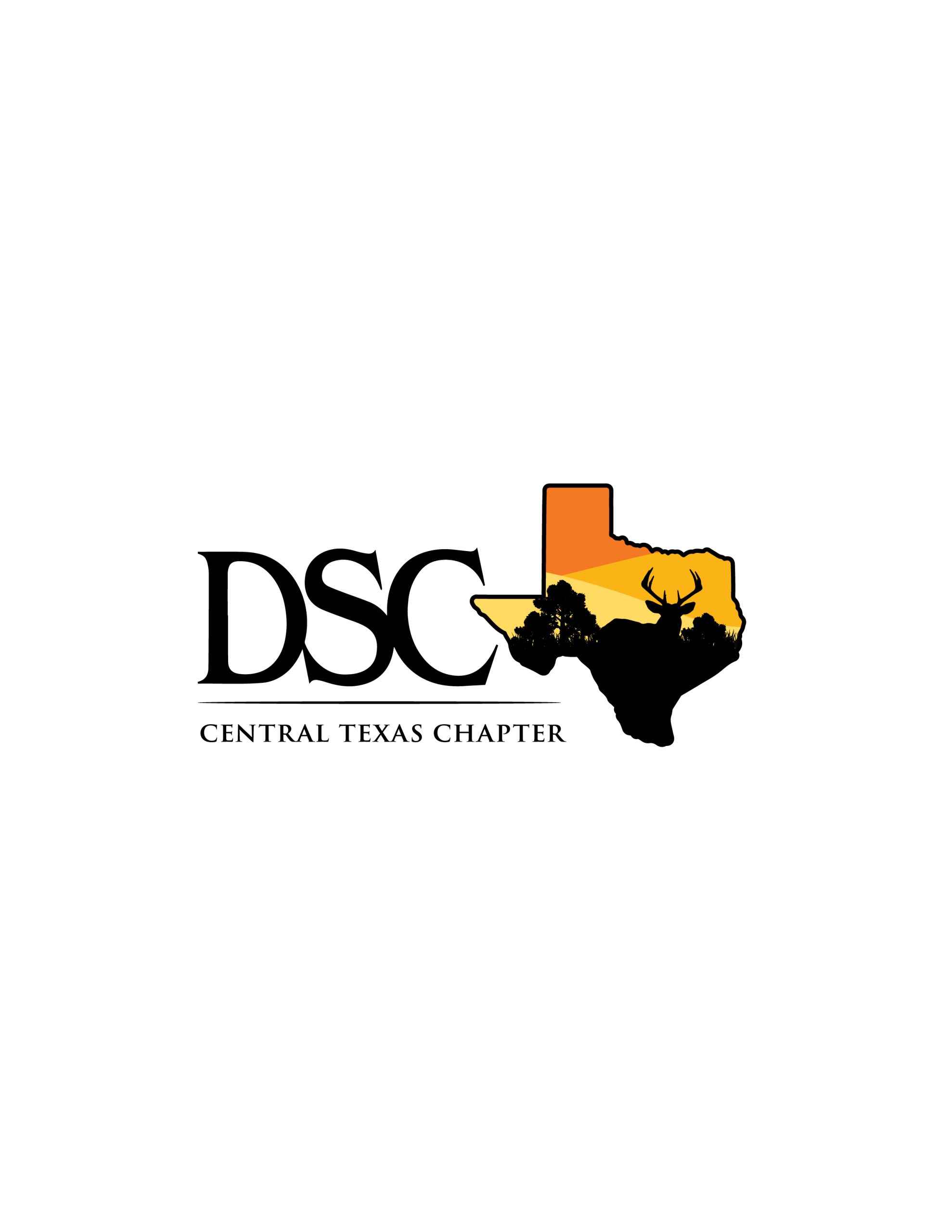Over 160,000 seizures were documented through the United Nations Office on Drugs and Crime from 2004 to 2015. But where do the Illegal Wildlife Trade confiscations end up?
Depending on what was seized, the parts can go to places such as forensic labs for research, educational institutions for awareness, or government offices for further investigations.
The National Wildlife Property Repository in Denver, Colorado is a facility that houses and loans out forfeited or abandoned wildlife property from USFWS officials. Several photos have flooded social media displaying the shelves and walls covered with animal parts and products, especially through recent New York Times and BBC articles.
But, the Illegal Wildlife Trade is more than just movement of parts and products.
What happens to the live animals that are seized?
More than 64,000 individual live animals from 359 species were confiscated from 54 countries between 2010 and 2014.
However, the long-term plans for these animals still need development. Official reports do not require as much documentation on these cases, allowing 70% of countries to submit the confiscation with limited data.
In 2016, researchers from Oxford University in Nature Conservation called for increased reporting compliance and further information on live seizures to facilitate monitoring and management outcomes.
Without proper records, officials cannot deduce which methods are the most successful. For example, they need to analyze whether live animals can successfully be released into the wild or if they are too traumatized.
This year, researchers in the Journal of Applied Ecology developed a holistic management approach complete with a step-by-step process that they consider essential for the dispersal of the illegal wildlife trade. It considers several animal demographics, behaviors and reporting.
The guidelines are based on their study in Cambodia that ensure the wildlife are not released back into the wild to be discretely re-entered into the wildlife trade or be too traumatized to re-acclimate.
It is important to remember that the seized cases represent only a portion of all illegal transactions and even some seizures are not documented thoroughly. There is much left to uncover.
Sources: Journal of Applied Ecology, Nature Conservation, United Nations Office on Drugs and Crime



